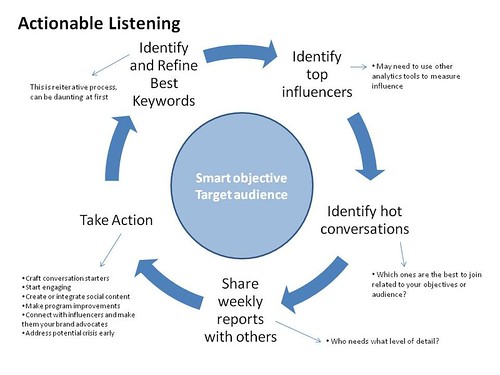
Actionable listening on social media channels means transforming a “river of noise” into insights that are actionable. That is, you gain insight, can make a decision, or do something. Listening can help your organization craft conversation starters, figure out how to best start engaging, identify social content that you can incorporate into your content strategy, identify potential brand ambassadors, or address a potential crisis early in the game.
Earlier this week, I was facilitated a peer learning conversation about ways to make listening actionable, particularly on Twitter. One of the participants observed that Twitter is an efficient and easy way to see what other similar nonprofits are doing in social media spaces and get new ideas.
So, here’s a recipe on a fun way to do this. It takes about 30 minutes.
(1) Brainstorm a list of respected nonprofits in your field or area that might be on Twitter. Use the “Find People” and type in the organization’s name or use advanced search with keywords. You might get lucky and discover an organization in your field that has set up a Twitter list of fellow nonprofits. For example, the San Francisco Symphony has a list of orchestras.
(2) Select 10 to analyze further. Use an excel spreadsheet and compare their Twitter accounts side-by-side. You will want to look at both quantitative and qualitative information. For numbers, include follower, following, and list counts. Next, include the date of last Tweet. For qualitative, ask yourself:
- Are they only talking about themselves?
- Are they engaging with their network?
- Are there any great ideas you can steal?
Cut and paste the url of a Tweet that you think is a brilliant idea.
(3) To make it fun, analyze each Twitter using Klout. Note their influence scores. See who scores higher and ask why. Take a look at the content analysis tab- specifically which of their tweets are getting re-tweeted.
You should have a couple of good ideas.
How you learn from watching your colleague organizations on social media spaces?
